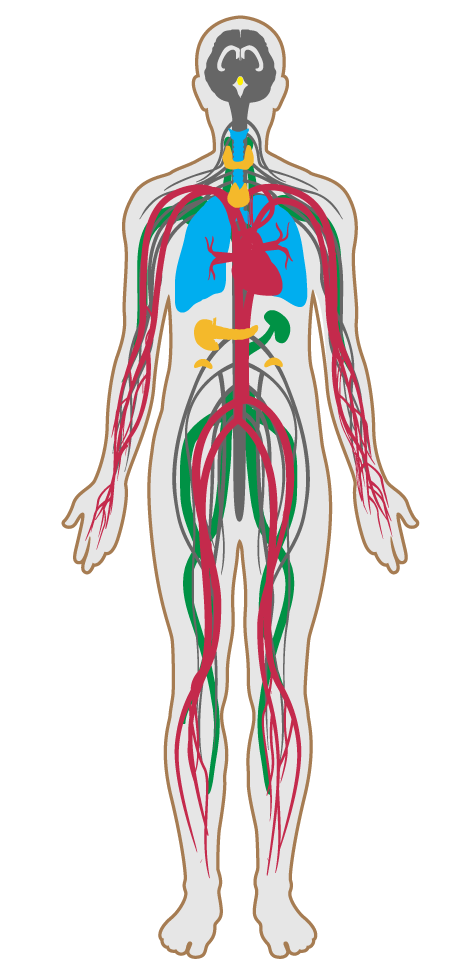Air filtration
- 01 Air quality standards
- 02 Smoking ban
- 03 Ventilation effectiveness
- 04 VOC reduction
- 05 Air filtration
- 06 Microbe and mold control
- 07 Construction pollution management
- 08 Healthy entrance
- 09 Cleaning protocol
- 10 Pesticide management
- 11 Fundamental material safety
- 12 Moisture management
- 13 Air flush
- 14 Air infiltration management
- 15 Increased ventilation
- 16 Humidity control
- 17 Direct source ventilation
- 18 Air quality monitoring and feedback
- 19 Operable windows
- 20 Outdoor air systems
- 21 Displacement ventilation
- 22 Pest control
- 23 Advanced air purification
- 24 Combustion minimization
- 25 Toxic material reduction
- 26 Enhanced material safety
- 27 Antimicrobial activity for surfaces
- 28 Cleanable environment
- 29 Cleaning equipment
- P9 Advanced cleaning
05. Air filtration
To remove indoor and outdoor airborne contaminants through air filtration.
Air quality is subject to variability due to weather, dust, traffic and localized pollutant sources. Seasonal variations in pollen can trigger asthma and allergies in sensitive individuals. Similarly, exposure to high levels of coarse and fine particulate matter introduced from the outside can lead to respiratory irritation and has been associated with increases in lung cancer as well as cardiovascular disease and mortality. Carbon filters are designed to absorb such volatile pollutants and remove the largest particles, while media filters are meant to address smaller particles.
If recirculated air is used, the following requirements are met in ventilation assemblies in the main air ducts for recirculated air:
One of the following requirements is met:
To verify that the filtration system continues to operate as designed, projects must annually provide IWBI with:

Applicability Matrix
| Core & Shell | New & Existing Buildings | New & Existing Interiors | |
|---|---|---|---|
| Part 1: Filter Accommodation | P | P | P |
| Part 2: Particle Filtration | P | P | P |
| Part 3: Air Filtration Maintenance | P | P | P |
| Commercial Kitchen | Education | Multifamily Residential | Restaurant | Retail | |
|---|---|---|---|---|---|
| Part 1: Filter Accommodation | P | P | P | P | P |
| Part 2: Particle Filtration | P | P | P | P | P |
| Part 3: Air Filtration Maintenance | P | P | P | P | P |
Verification Methods Matrix
| Letters of Assurance | Annotated Documents | On-Site Checks | |
|---|---|---|---|
|
PART 1 (Design) Filter Accommodation |
MEP | Spot Check | |
|
PART 2 (Design) Particle Filtration |
MEP | Spot Check | |
|
PART 3 (Design) Air Filtration Maintenance |
Operations Schedule |
| 05.2.a |
USGBC's LEED v4 EQ Credit: Enhanced Indoor Air Quality Strategies requires ventilation systems for outdoor air with particle filters to have a MERV of 13 or higher or Class F7 or higher (CEN Standard EN 779-2002) particle air filters. |
